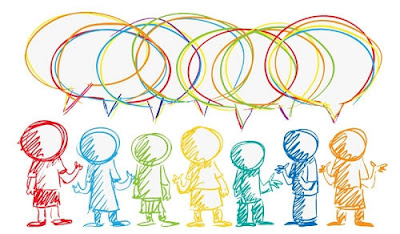Visual Leadership Toolkit
WHY THIS …
I have been asked to run a course with a leading city college for its Literature and Journalism students starting June. The department wants the students to experience visualizing, making and creating as an enriching academic resource. At the moment, I see PLA tools being valuable to the students in understanding and representing their own work. I am unsure of what my curriculum would be at this stage, but if I do choose the PLA method, I would opt for the tools I have listed below.
As these are students of Humanities, they rely heavily on text and written word for all their work, it will hence be interesting to work on visual tools with them. I believe that a process guided by visuality and participation rather than text will train them to Reexamine, Analyse and Reconstruct their views and beliefs with a more discerning eye, the skill of reflective observation is crucial to all students, more so for those of the Humanities.
My choice of tools is guided by the idea of bringing visual data, interpretation, and dialogue back to classrooms which are inundated by the ‘finality/singularity’ of text. I seek to add material/frames to information students already know by creating practical experiences. I envision for students to develop their own realities, and understanding through active participation. I intend for my facilitation to empower the learner and seek to do this by using an environment of free and open involvement, reflection, observation, and experimentation.
MY TOOLKIT
Tool 1
Thinking Metaphorically Using Visuality
Using varied material to create metaphorical imagery. Reconstruct meaning using physical objects by infusing meaning and emotion to them. Think metaphorically to transfer ideas, sensations, and deep inner feelings without relying on text.
This tool would be a good introductory practice for the students to engage with the idea of visuality. As there are no fixed meanings to any of the objects it would be a great tool to lead them out of their dependency on words and text to articulate an idea. It would also be a space of non-judgment as each visual articulation is open to varied meanings and interpretations with none being right or wrong.
Key Ideas: Duality of interpretation, Multiplicity of meanings, Thinking visually, beyond the text.
Tool 2
Visual storytelling
Students engage with Storytelling in various forms (with text) as a part of their coursework. It would be interesting to break the text pattern by engaging in Visual Storytelling using varied tools which are both visual and digital. Focusing on the complexity and challenges of visualization, we would generate inspiring new ways of telling a story visually.
Key Ideas: Engaging the visual, Sharing experiences, Reconstructing reality visually and creatively.
Tool 3
Conversation prompts - Alternative Visualisations
Conversation prompts in this course would be used to surface duality of meaning. Postcards, pictures, maps, etc. will be used to create a conversation around selected areas of interest and tied back to visual storytelling. The students already work on ethnographic studies of Bengaluru, alternate visualization will also be used to create and dwell in dialogue.
Key Ideas: Dialogue, Visual storytelling, Surfacing solutions.
Tool 4
PLA tools
I also see myself using PLA tools like the Mobility Map, Visual Timelines, and Transect Mapping as a part of the coursework. These as great tools for data collection and presentation of student ideas as students already do a lot of work in the space of neighborhood and the local community, it would be interesting to introduce PLA tools to aid their understanding.
Key Ideas: Making understanding visual, Engaging as a group to study data, Surfacing solutions.
Tool 5
Graphic Templates
As visual thinking is key to my curriculum, I would use Graphic templates throughout my facilitation to transfer ideas and thought. I would also enable the use of Graphic templates in the students through participative methods to build insight and reflection.
Key Ideas: Creating memory using visual, Making thinking visible to all.



Comments
Post a Comment